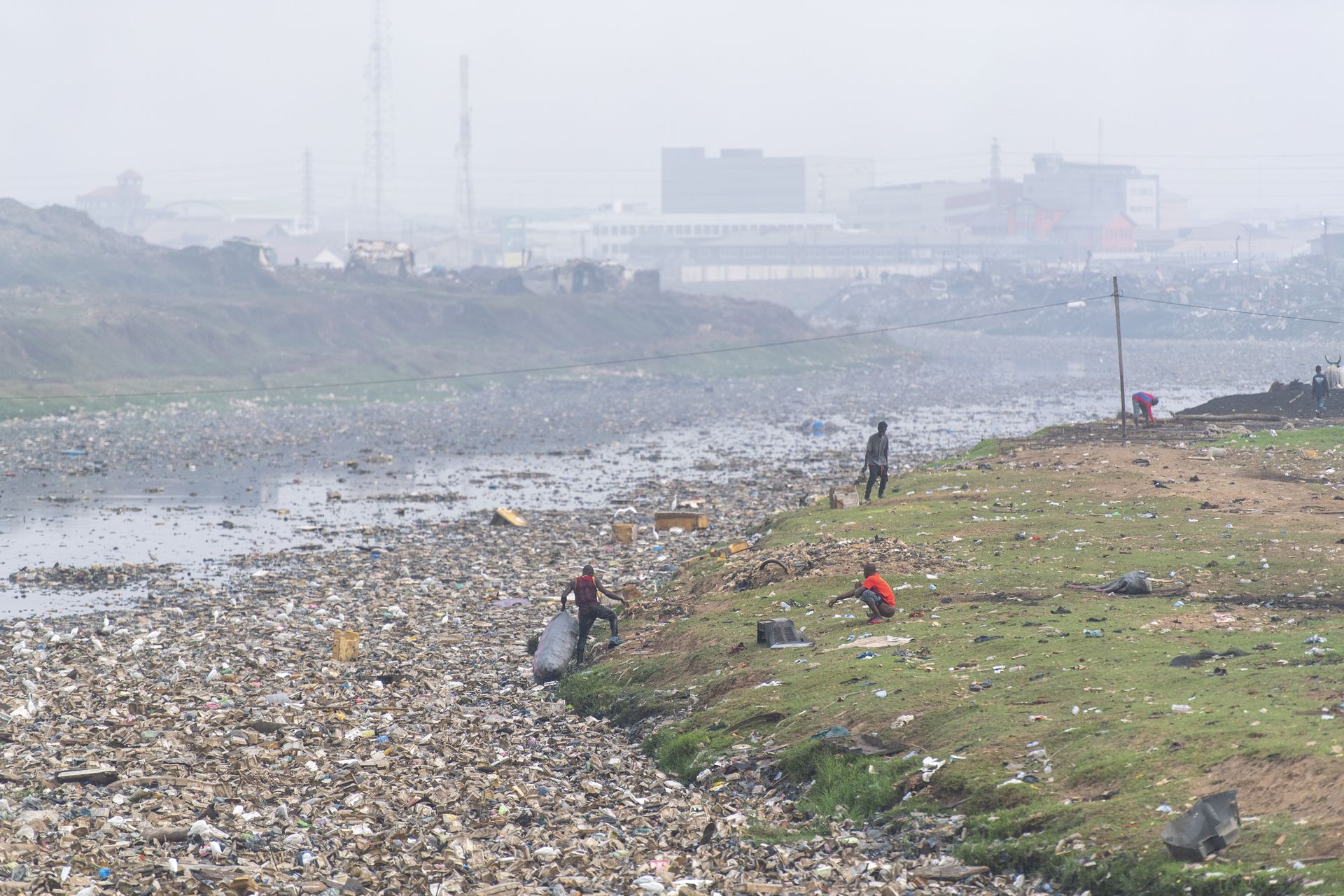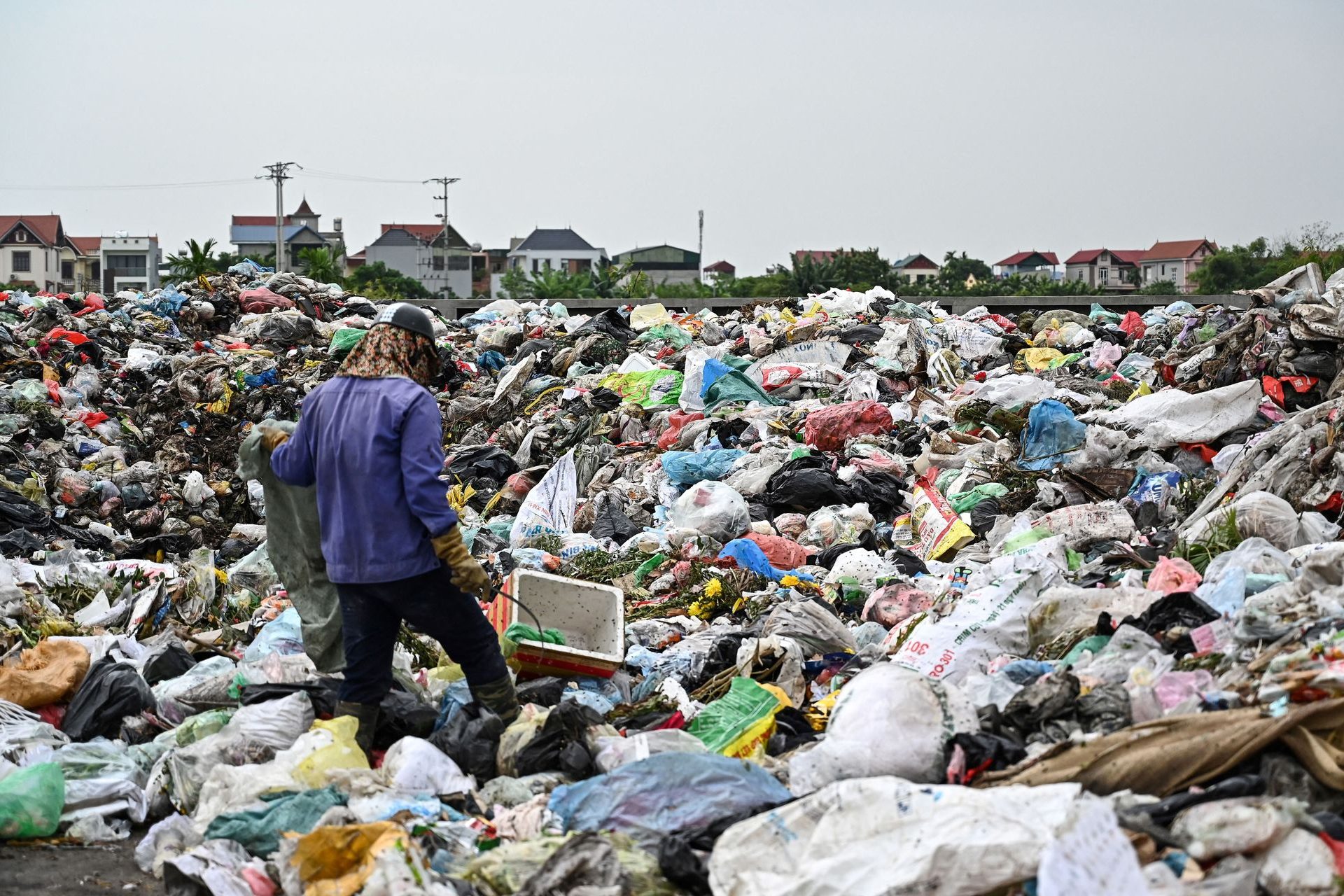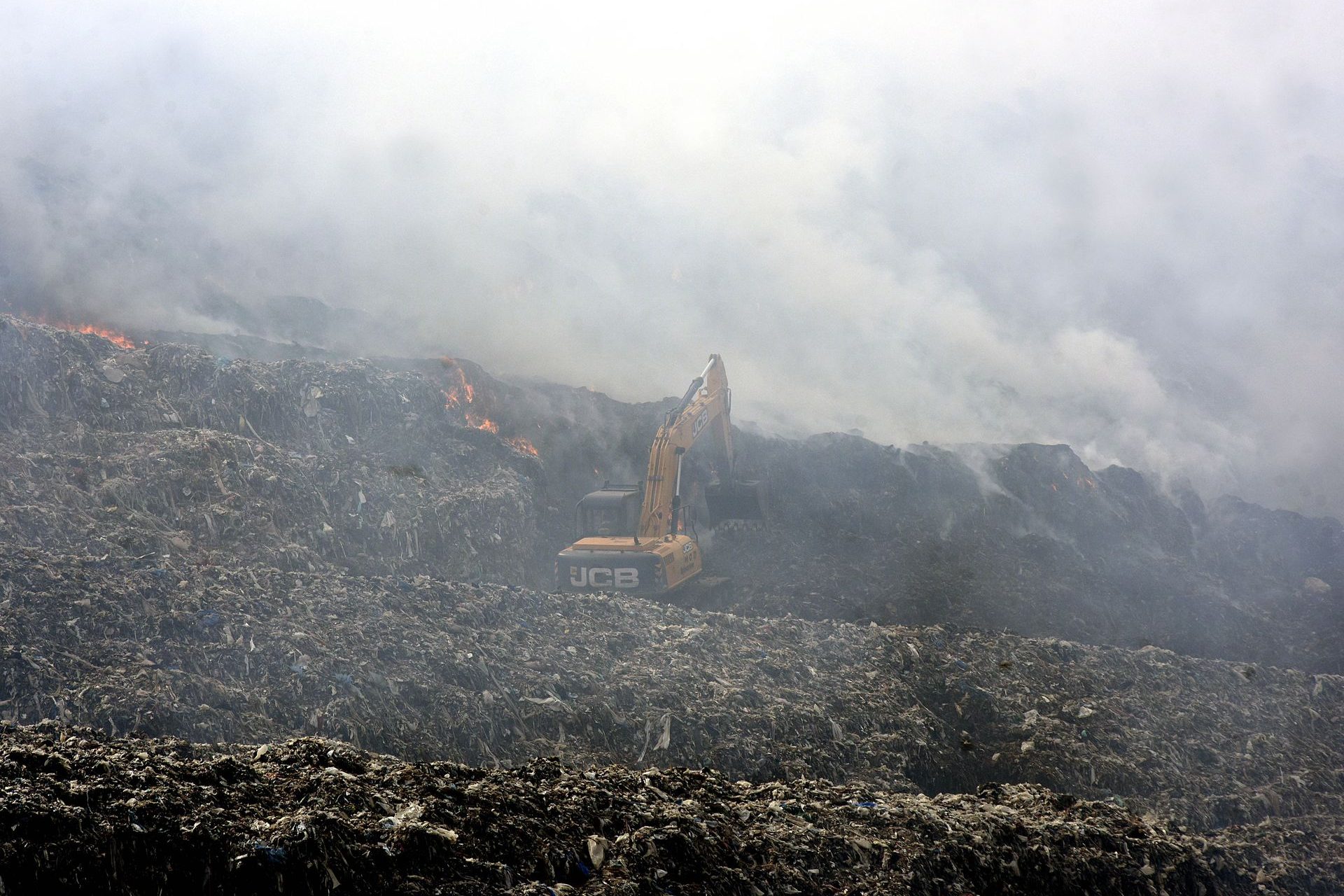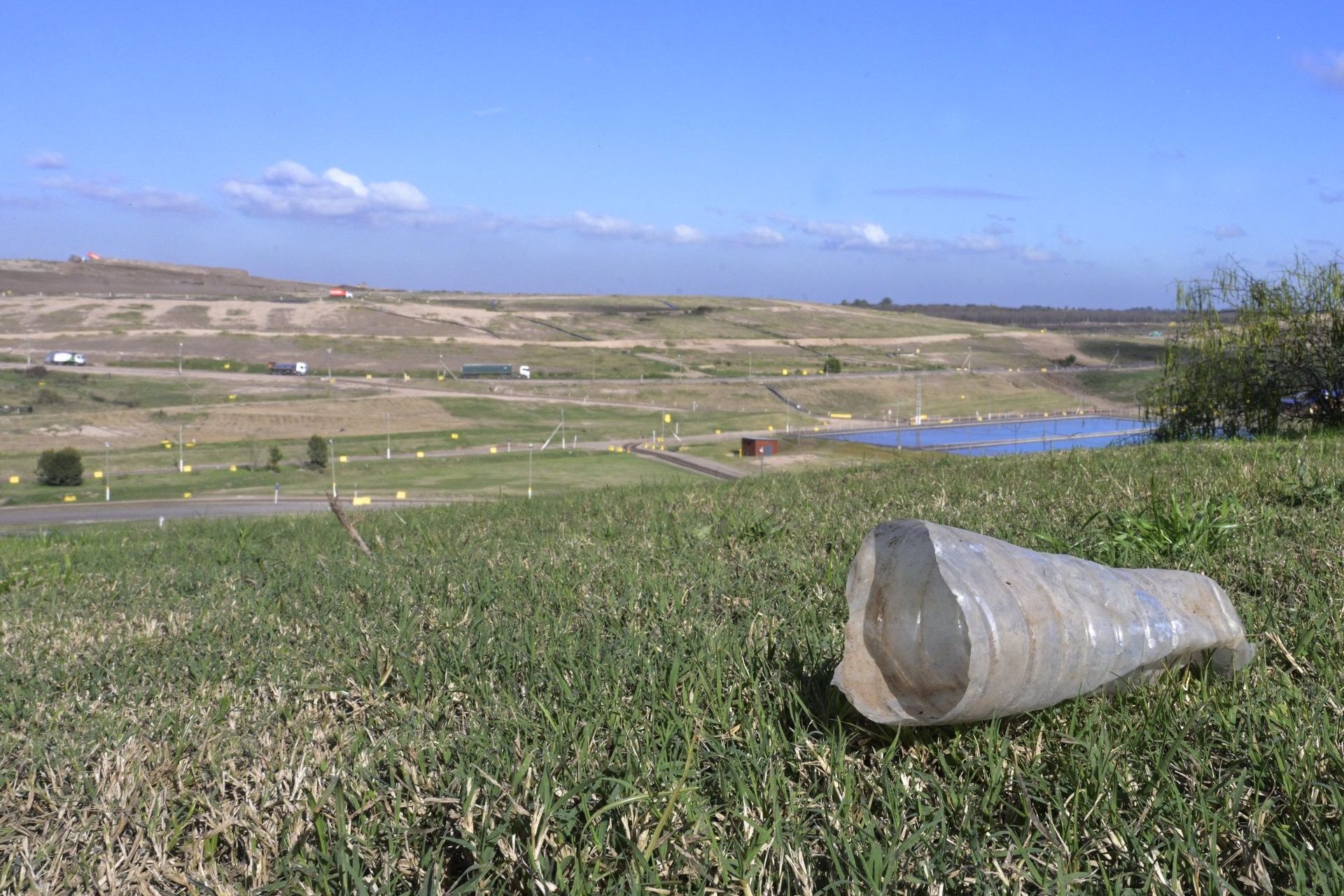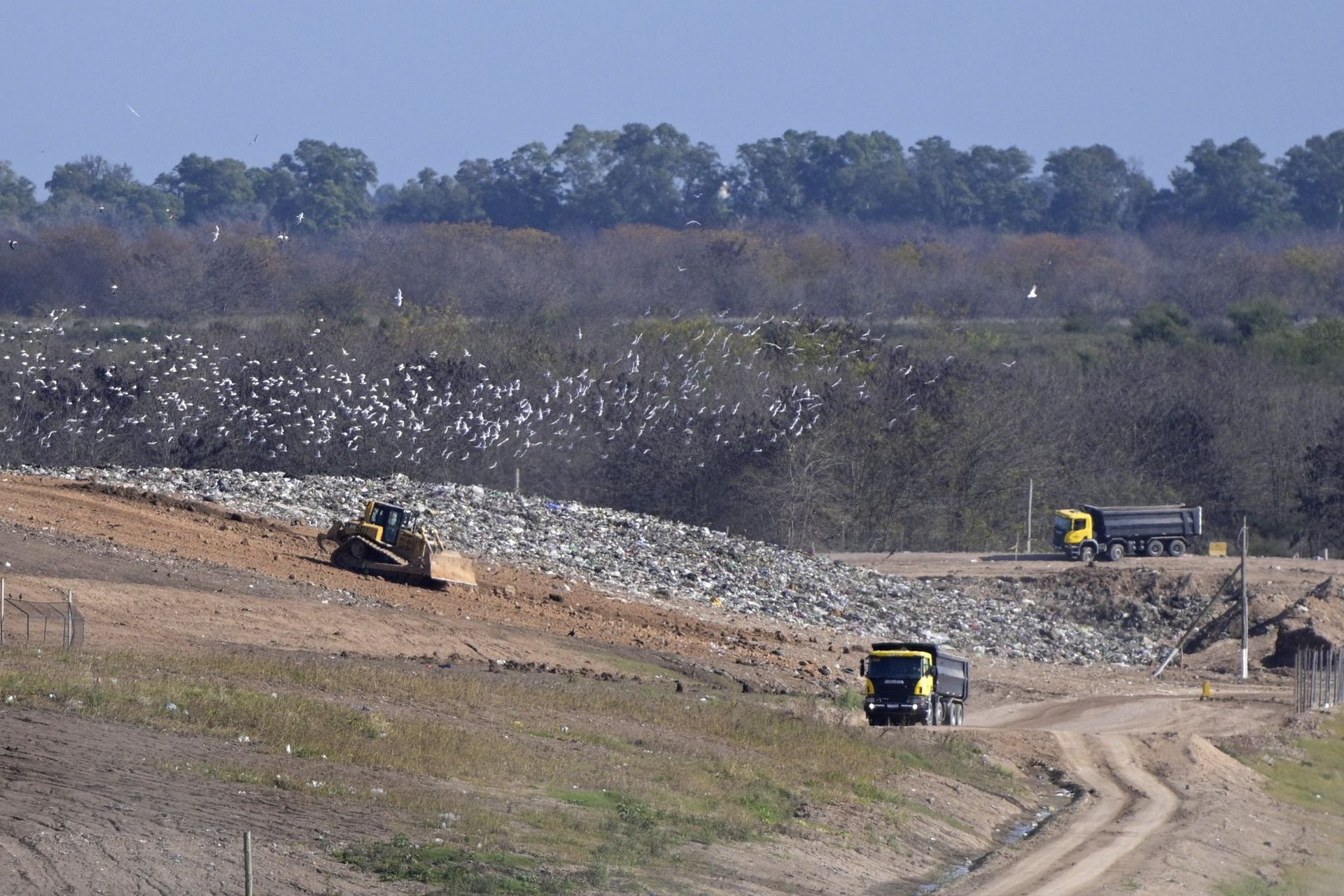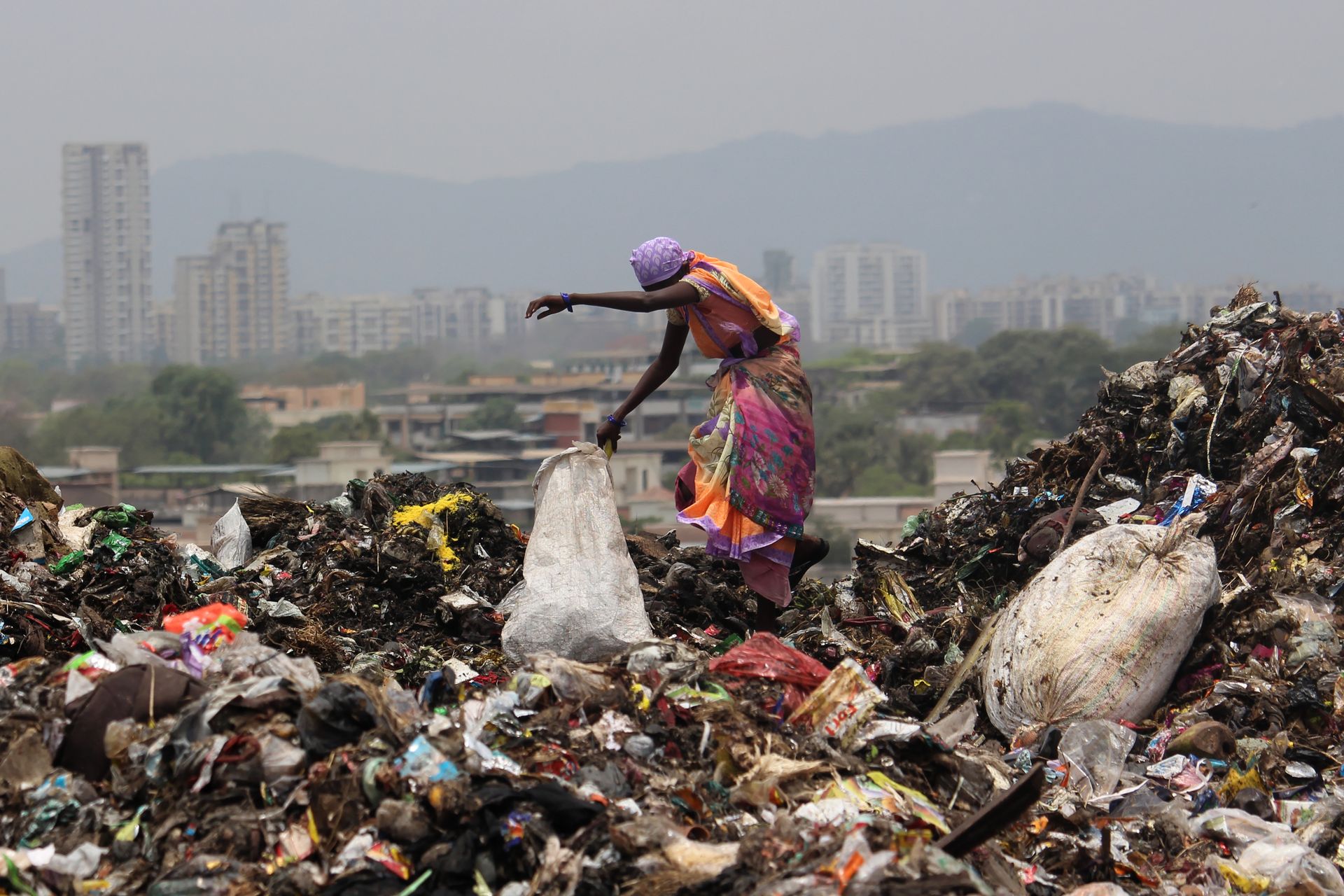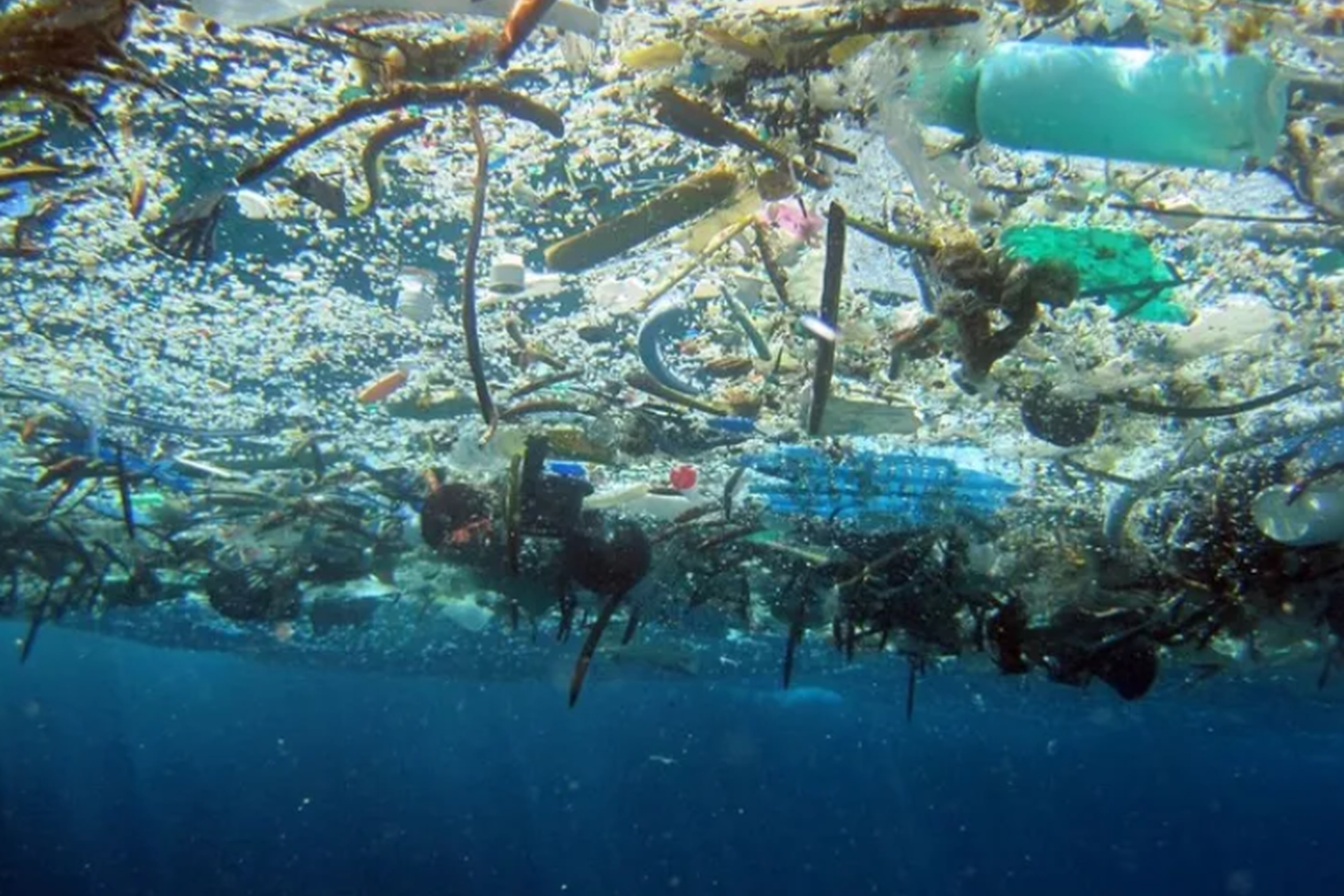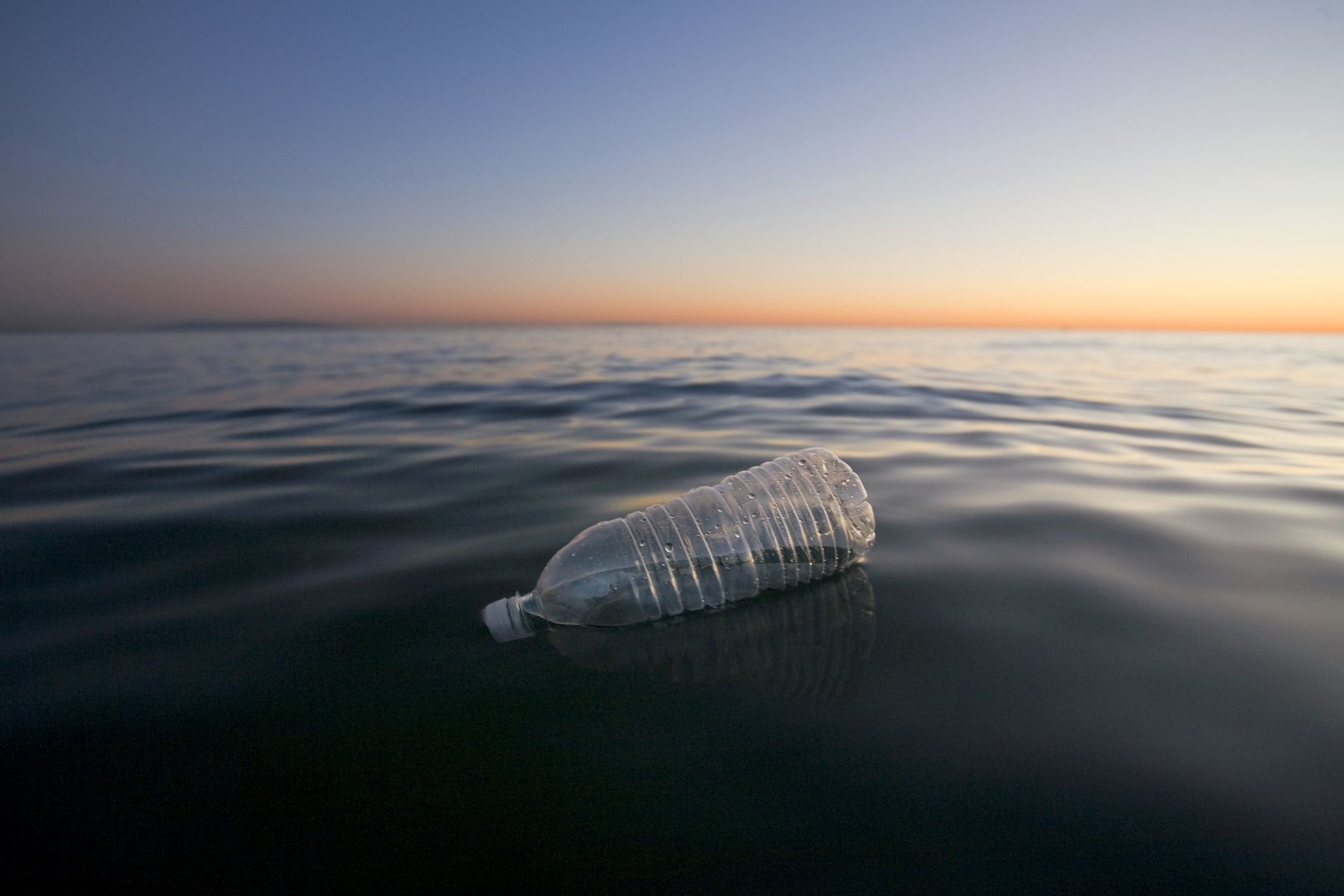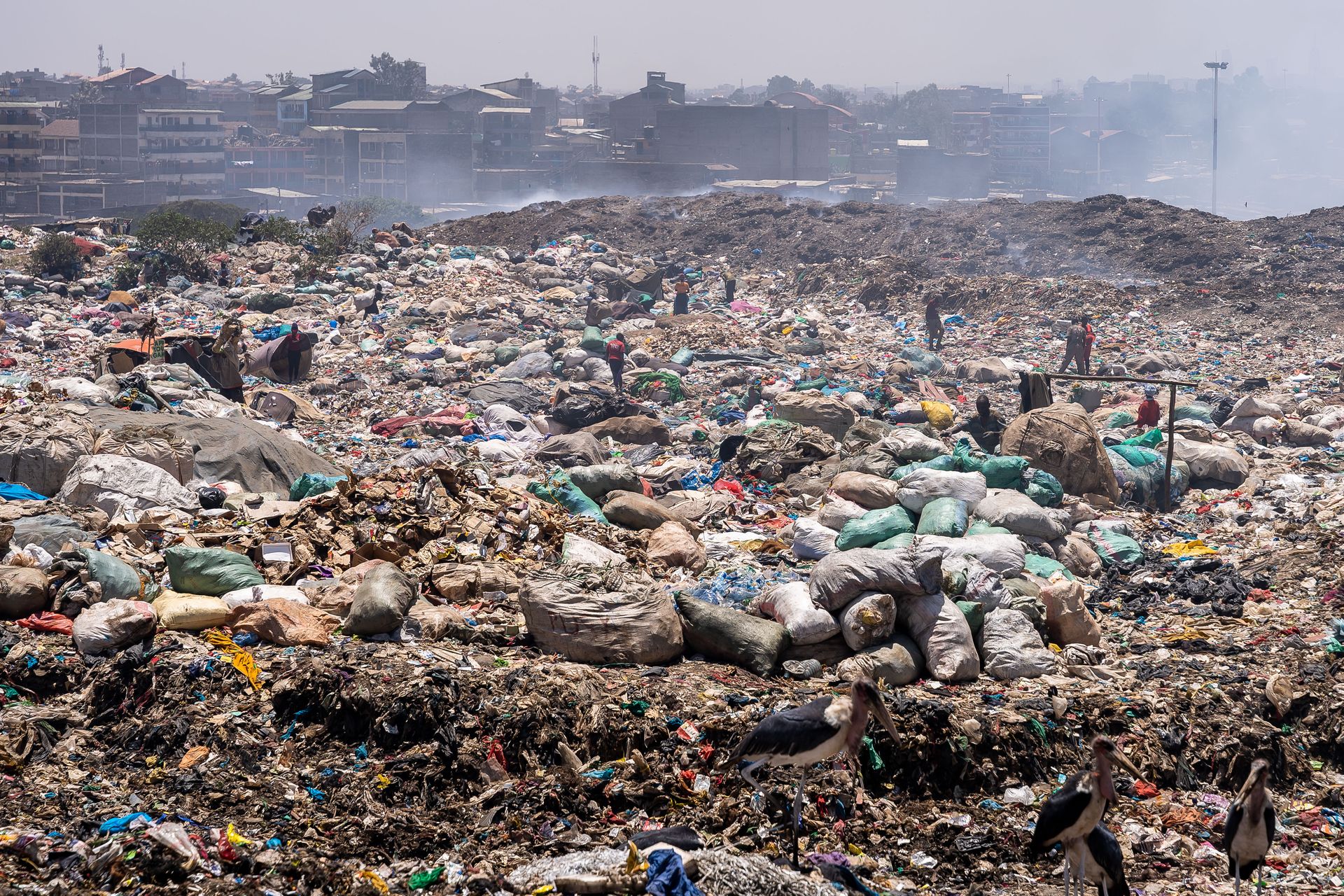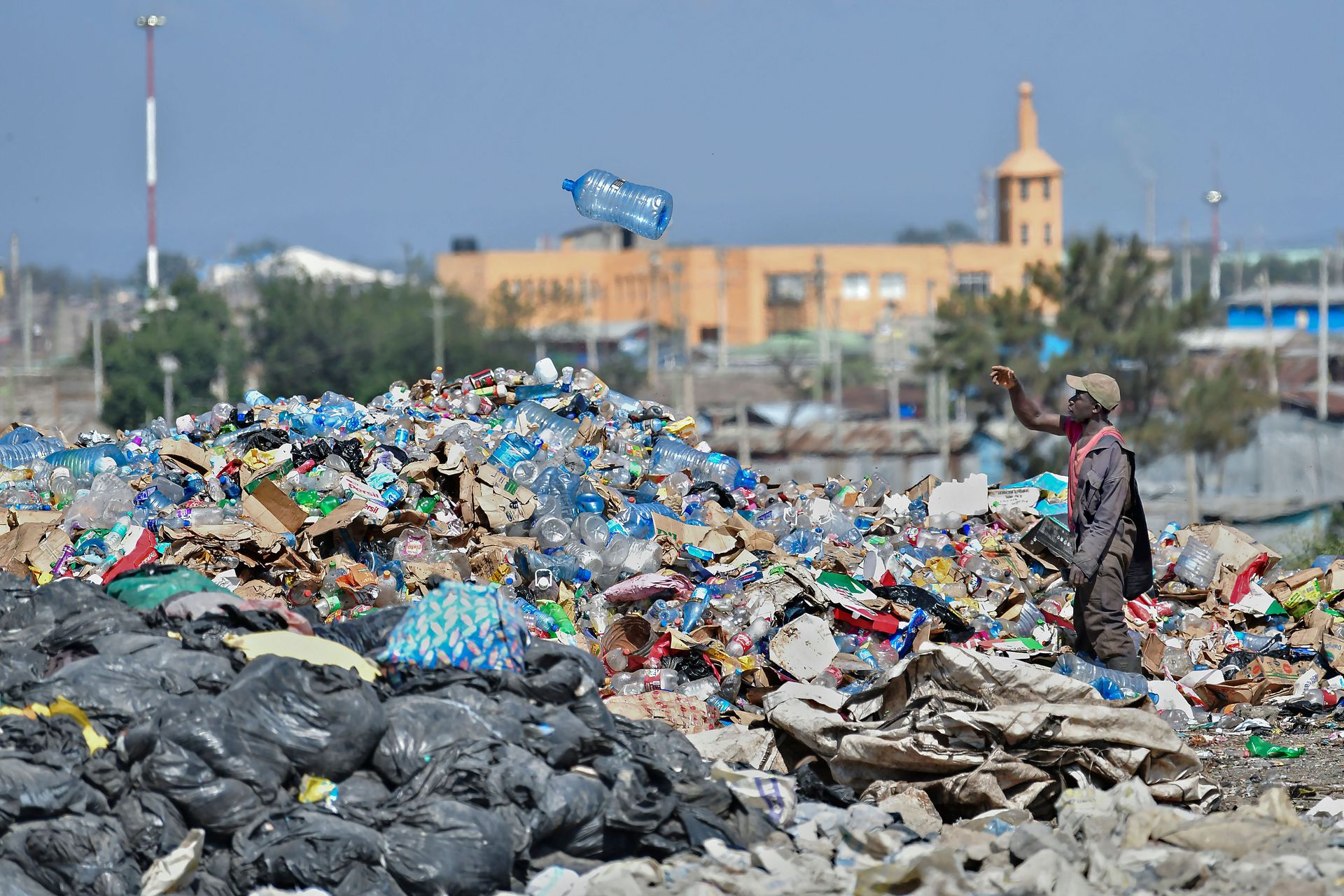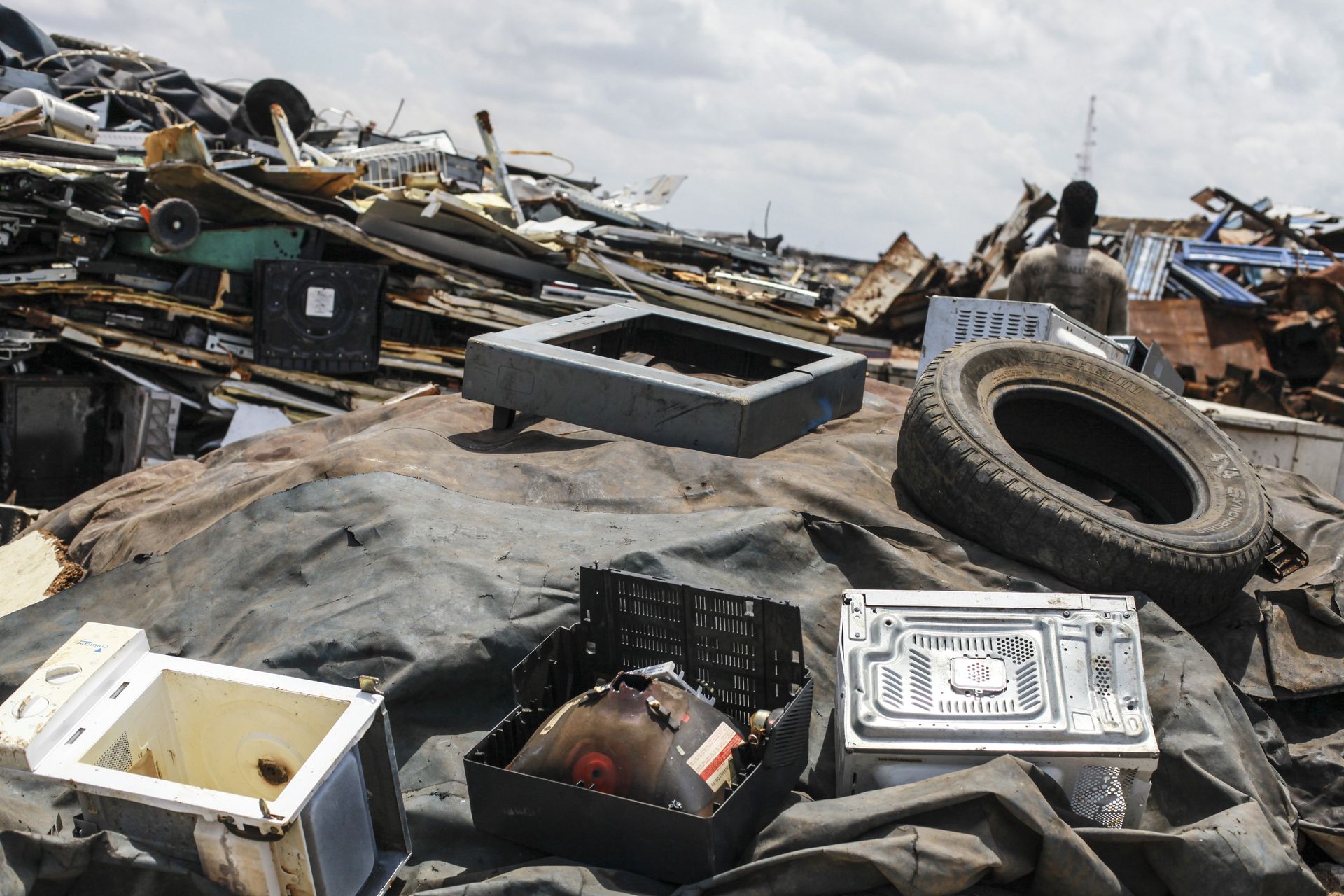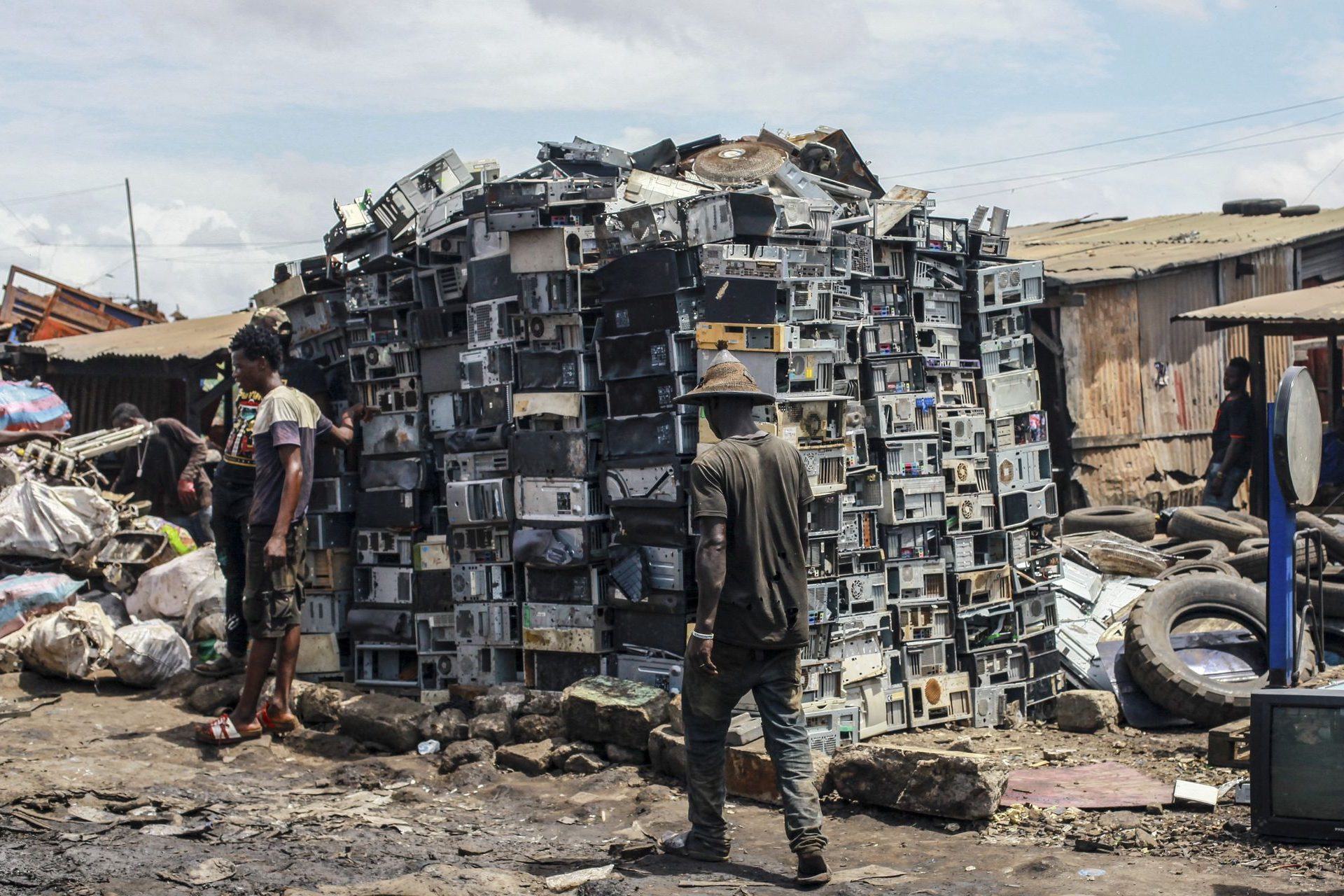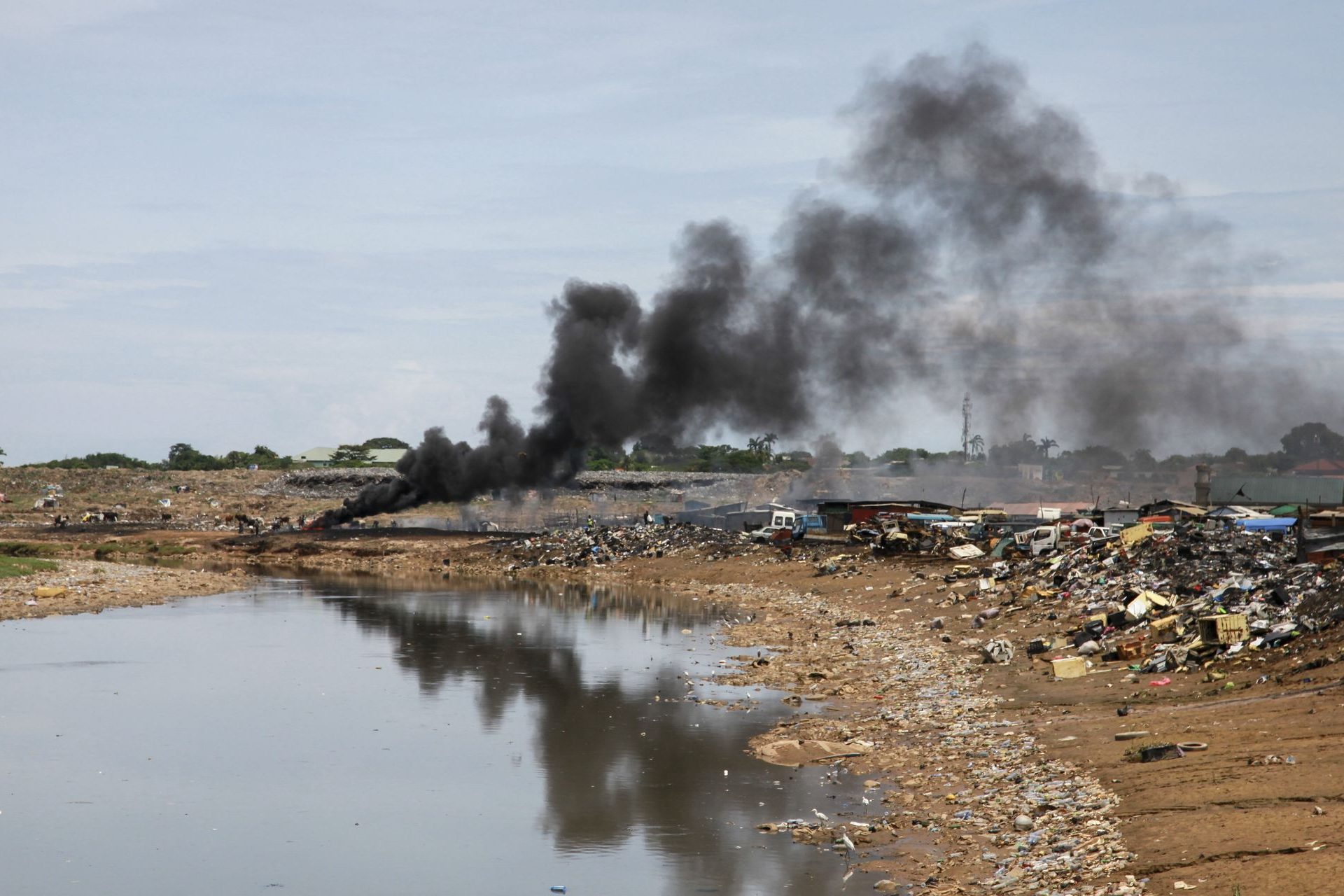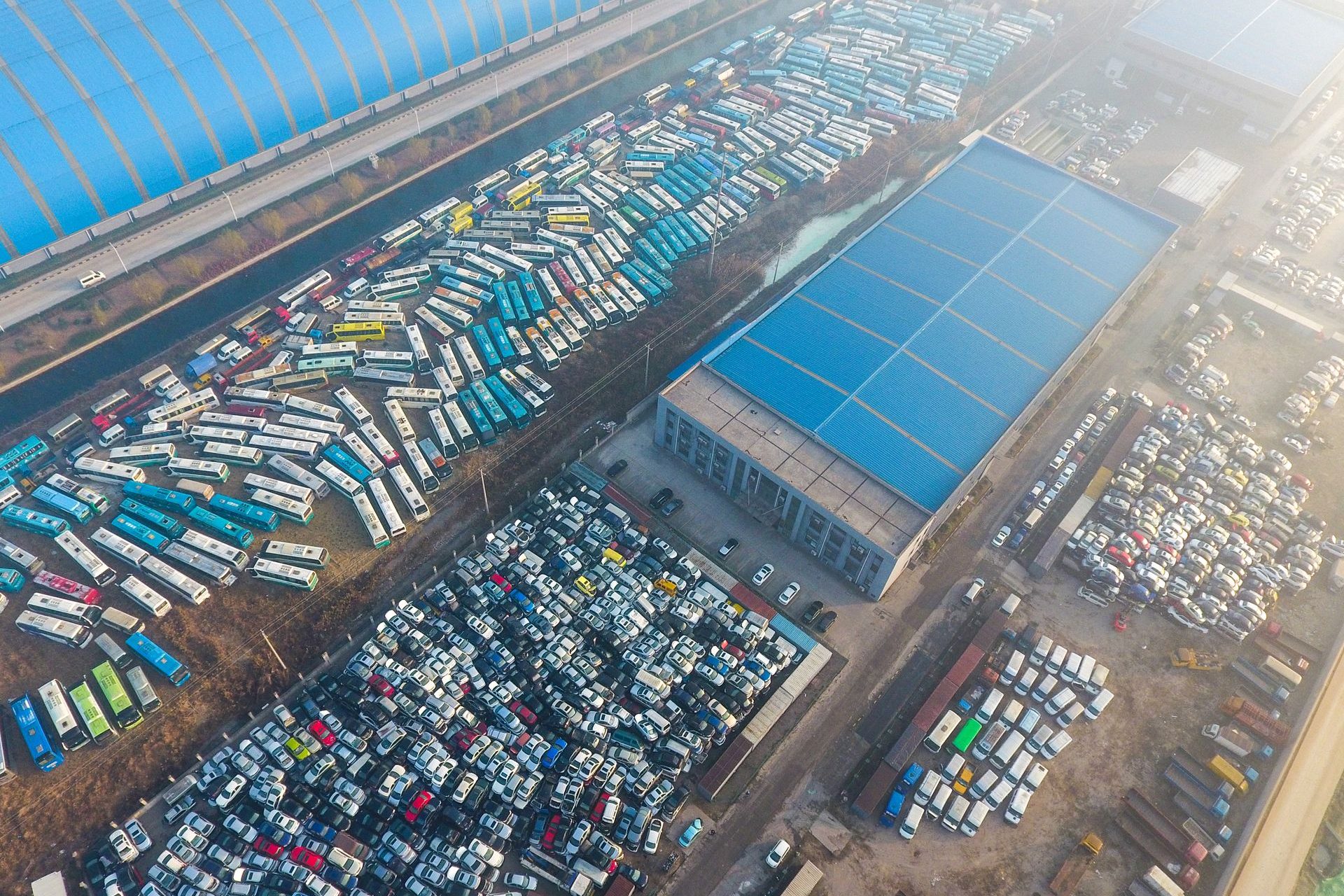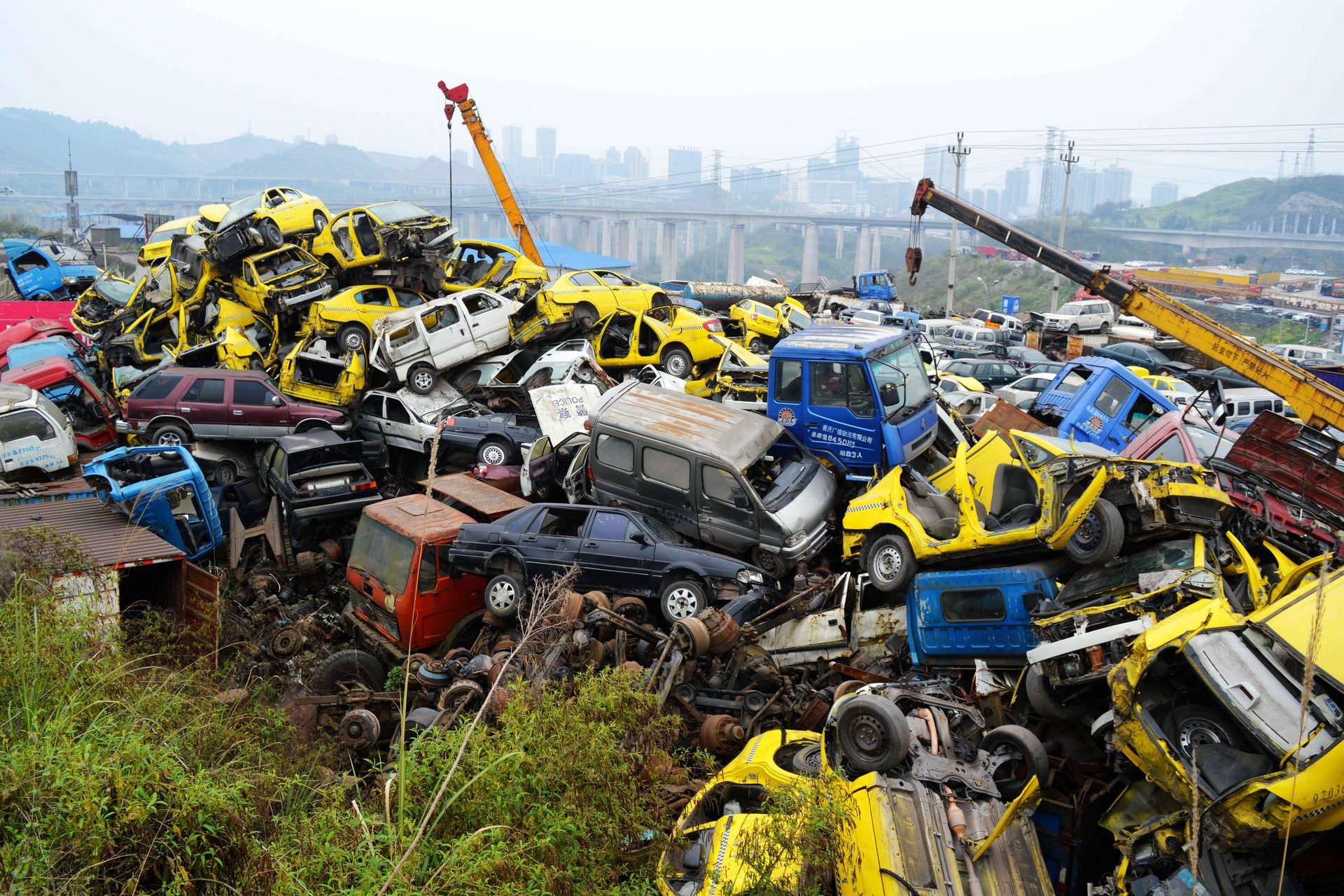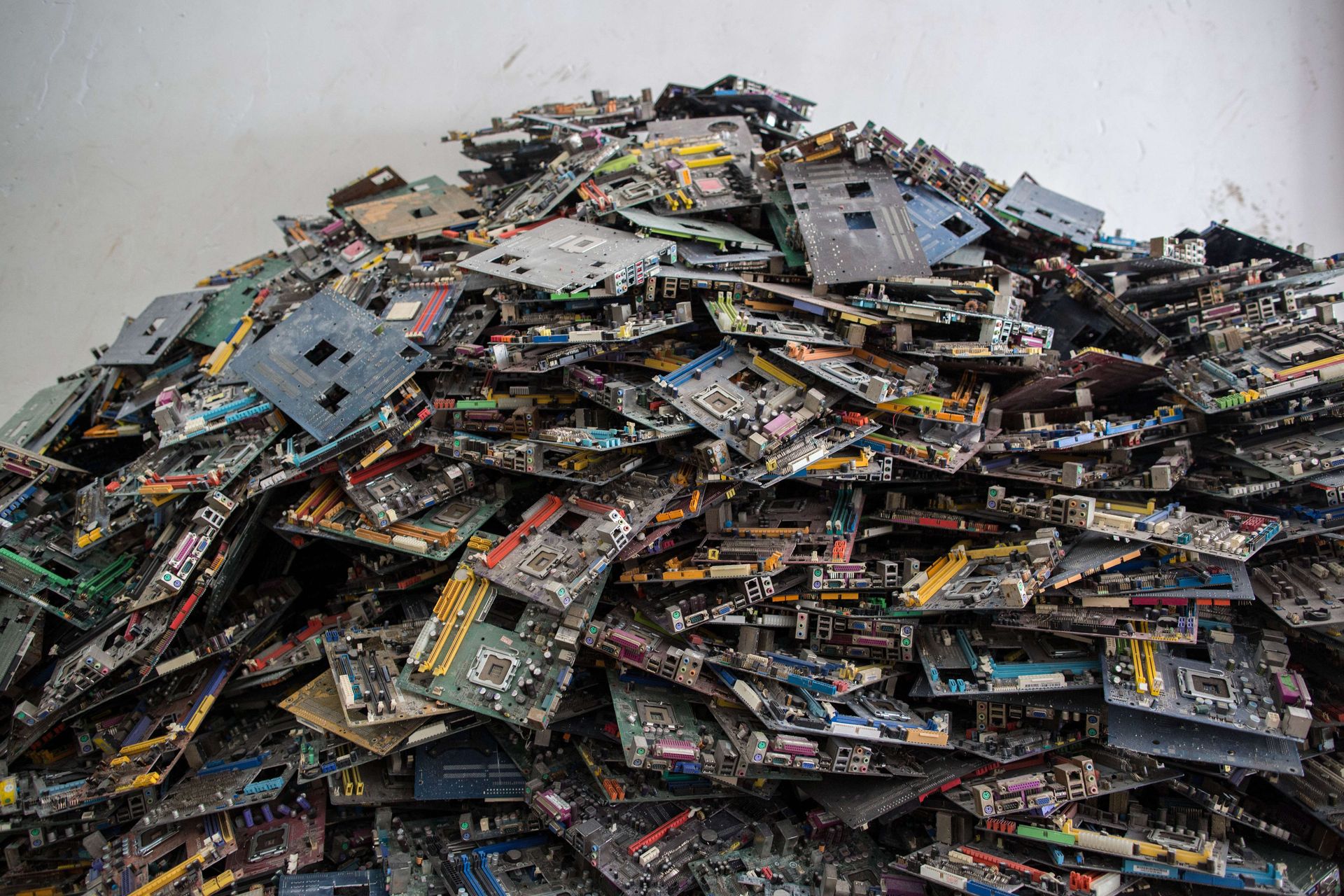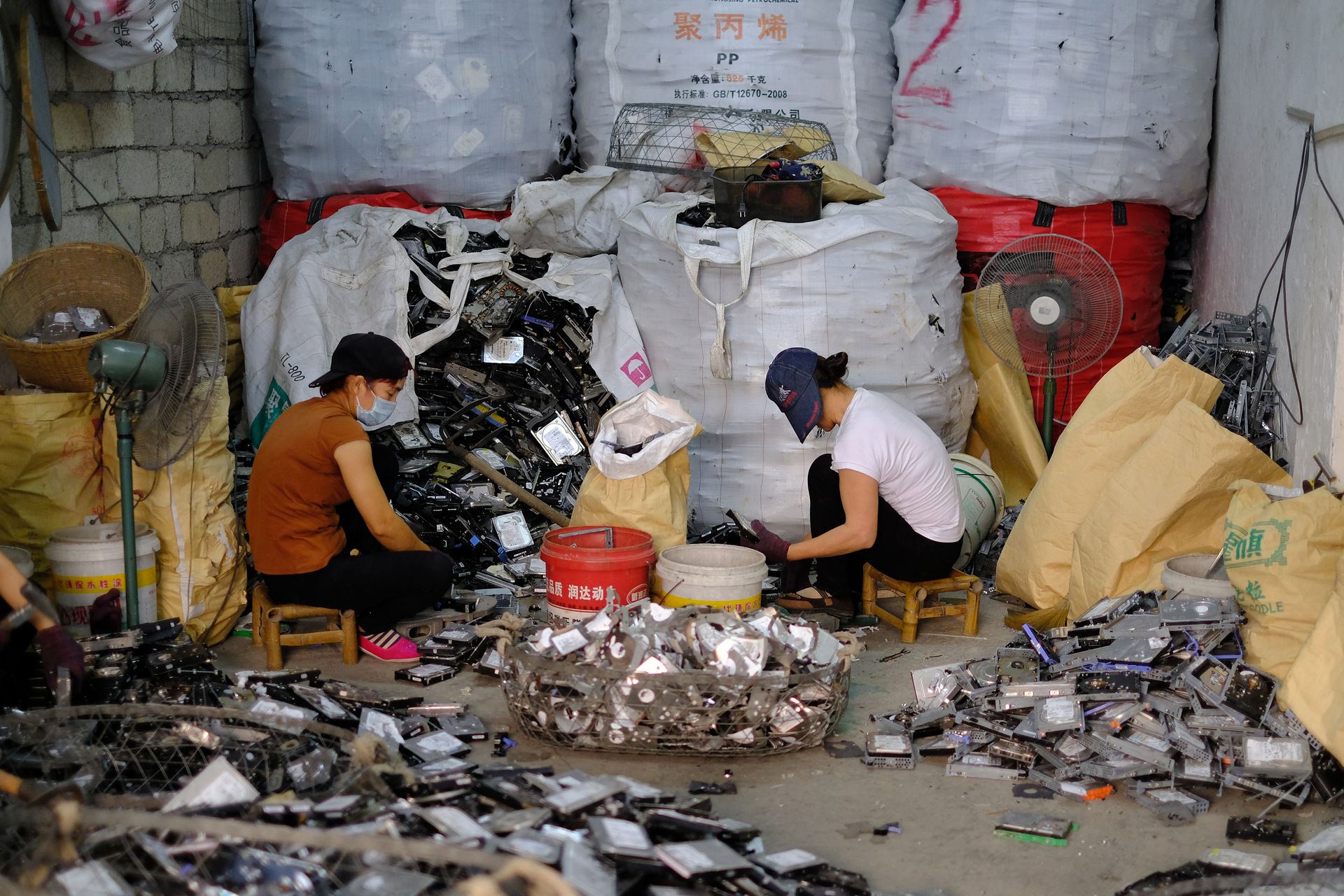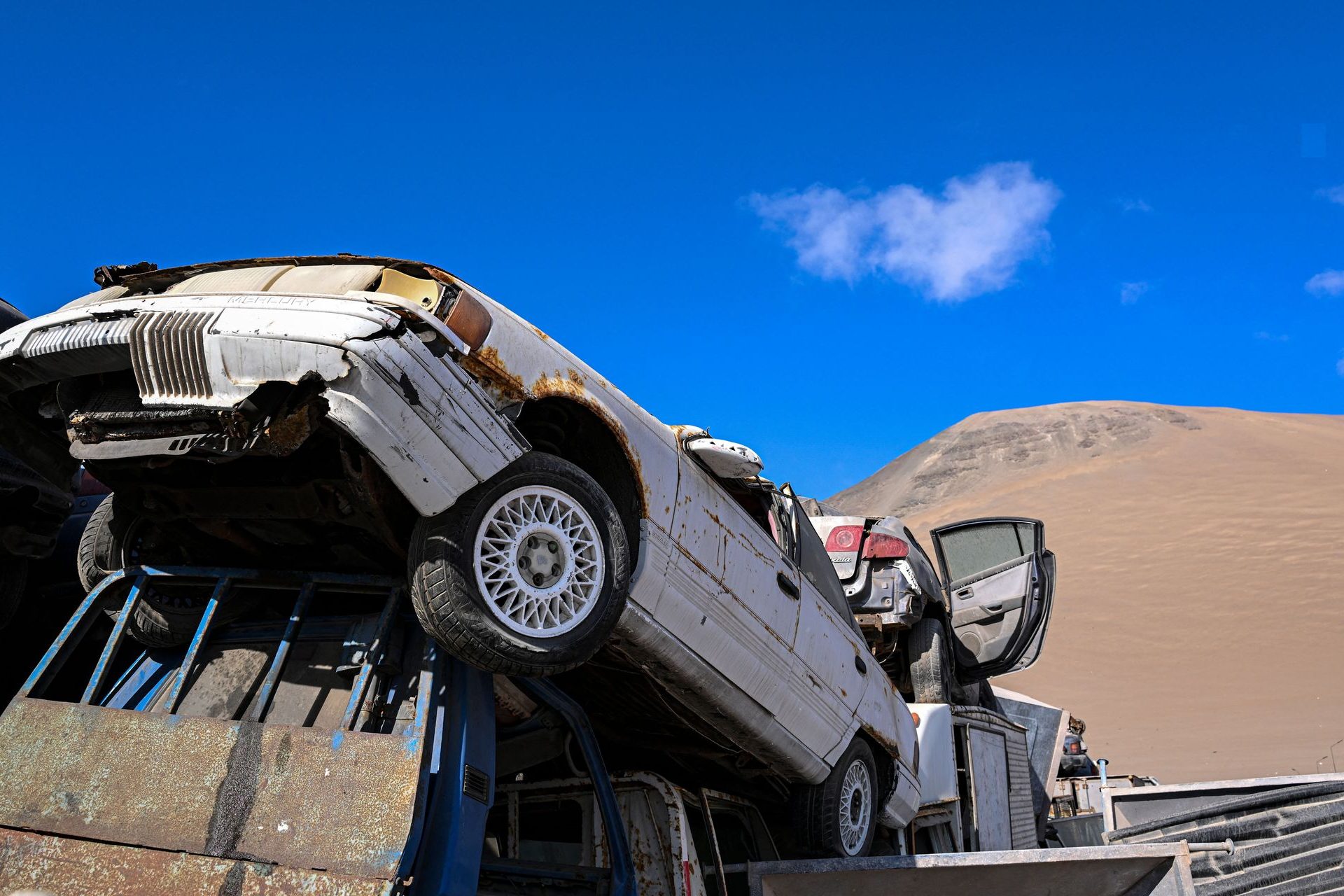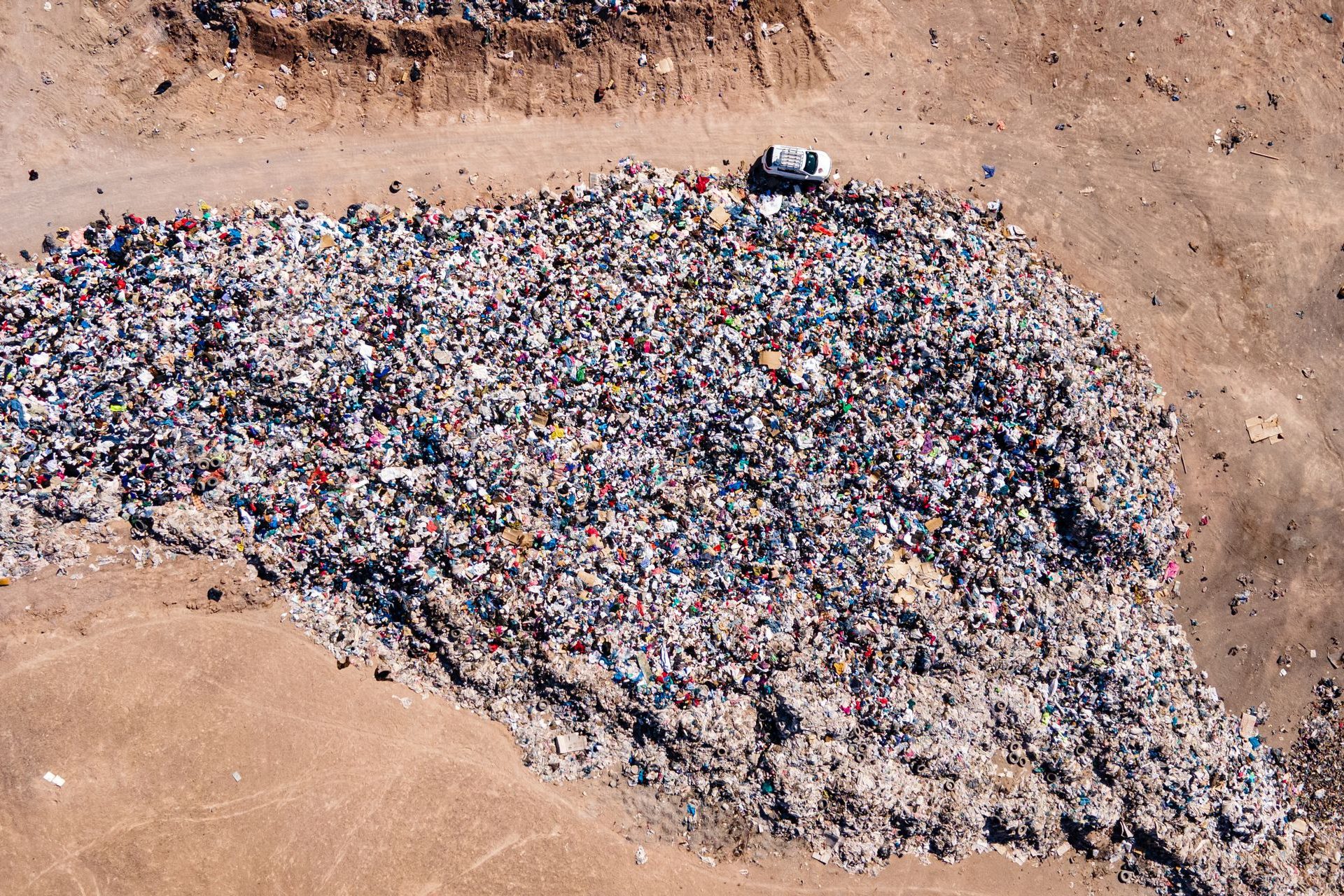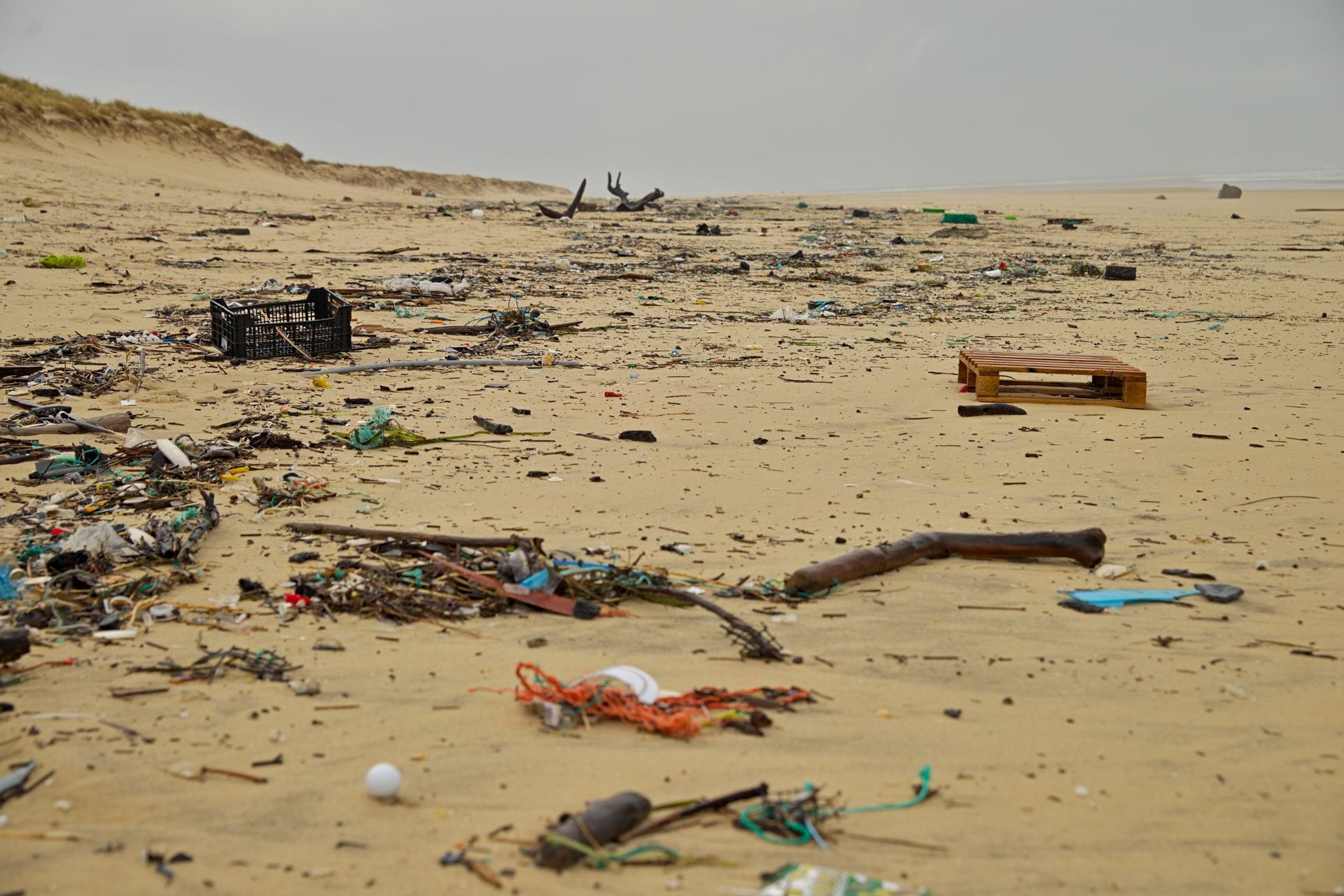The major environmental problem of open-air landfills around the world
While the problem of sorting and recycling our waste is more and more important, gigantic open-air landfills continue to be used around the world. Depending on their type, they have a severe impact on the environment as well as on public health.
A study published in the journal Advances recently showed that these landfills are the source of a large part of methane emissions in quite a few places around the world.
A quarter of global warming can be attributed to methane, a greenhouse gas. Open landfills are, therefore an exacerbating factor in the current climate change crisis.
Some have a considerable impact on their own: a landfill near Buenos Aires, Argentina, releases 28 tons of methane per hour, the equivalent of 1.5 million cars, according to Dutch scientists.
This landfill would represent almost half of the air pollution in a region where around 40% of the Argentine population lives.
The study found that some cities had high emissions from landfills, such as Buenos Aires in Argentina but also Delhi, Lahore, and Bombay in India.
Piles of waste are not only present on land: in the north of the Pacific Ocean floats a patch of waste whose surface area is 3 to 4 times greater than that of France.
Image: @Noaa / National Geographic Society
Some have nicknamed it “the seventh continent”, but in reality, it is a pile of plastic waste brought by different sea currents. A disaster for marine wildlife!
According to CNN, the vortex included 80,000 tonnes of waste or 1.8 trillion pieces of plastic waste, and it continues to grow!
In Kenya, the gigantic Dandora landfill, east of Nairobi, has extended over the years, to the detriment of millions of residents of the surrounding slums.
An initiative was recently launched to sort the piled-up waste and transform plastics into household products. A way to find a balance between pollution control and economic activity for the local population.
In Ghana, the Agbogbloshie electronic waste landfill is a real challenge: many European and Asian countries illegally export their electronic waste there to circumvent environmental standards.
This waste is presented as second-hand products necessary to supply a market in which most of the population cannot afford new equipment.
But in practice, only 10 to 20% of recovered tech is actually reused, according to 'France Info'. The rest ends up in landfills and the local waste management black market, controlled by organized crime.
Another type of open-air dump exists in China: the gigantic cemeteries of new and abandoned electric cars.
In a country that has massively subsidized the production of low-cost electric vehicles, these places on the outskirts of cities where hundreds of cars pile up are the dark side of the Chinese economic miracle.
Also in the People's Republic of China is the Guiyu landfill, in Guangdong province. It's the largest dump of electrical and electronic equipment on the planet.
Working on the Guiyu landfill is very risky: The toxicity in the environment causes respiratory, neurological, or skin problems in most of the people who work there. Furthermore, cultivating rice in the region has become impossible in Guiyu due to soil and water pollution.
In Chile, the Atacama Desert is home to an extensive landfill full of vehicles, clothes, and many other wastes.
This place constitutes "an environmental risk, a danger for people's health", according to Paulin Silva, a lawyer and environmental activist quoted by 'France Info'.
Meanwhile, Europe doesn't escape the list. France is home to no less than 36,000 illegal dumpsites.
@Andrei Ciobanu / Unsplash
More for you
Top Stories



